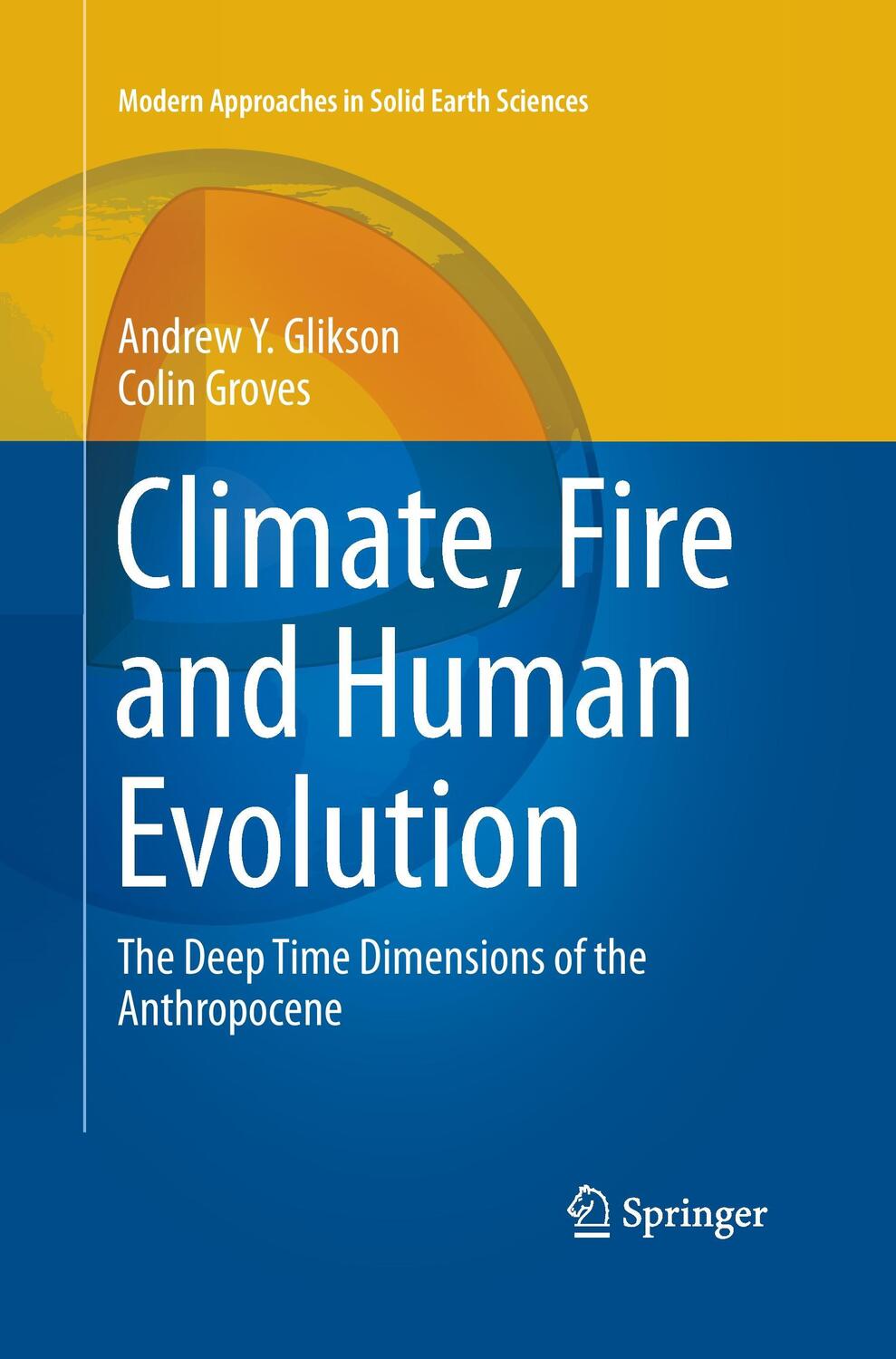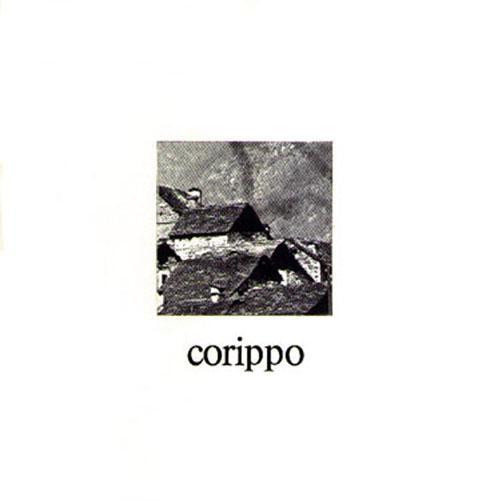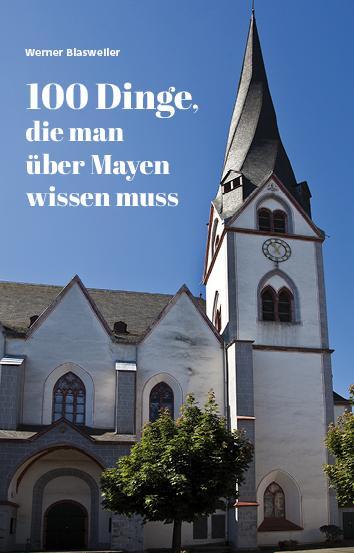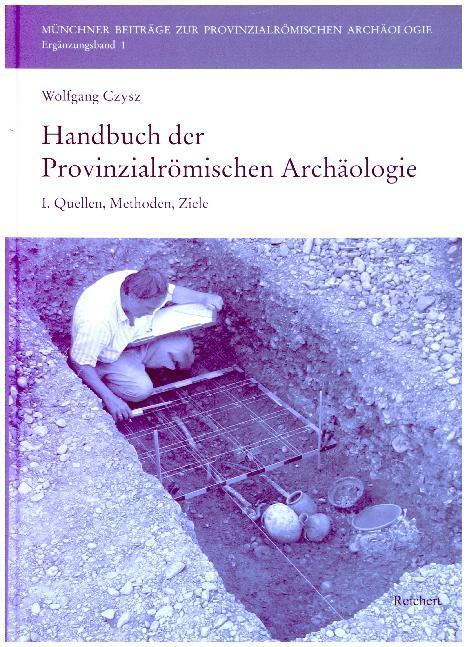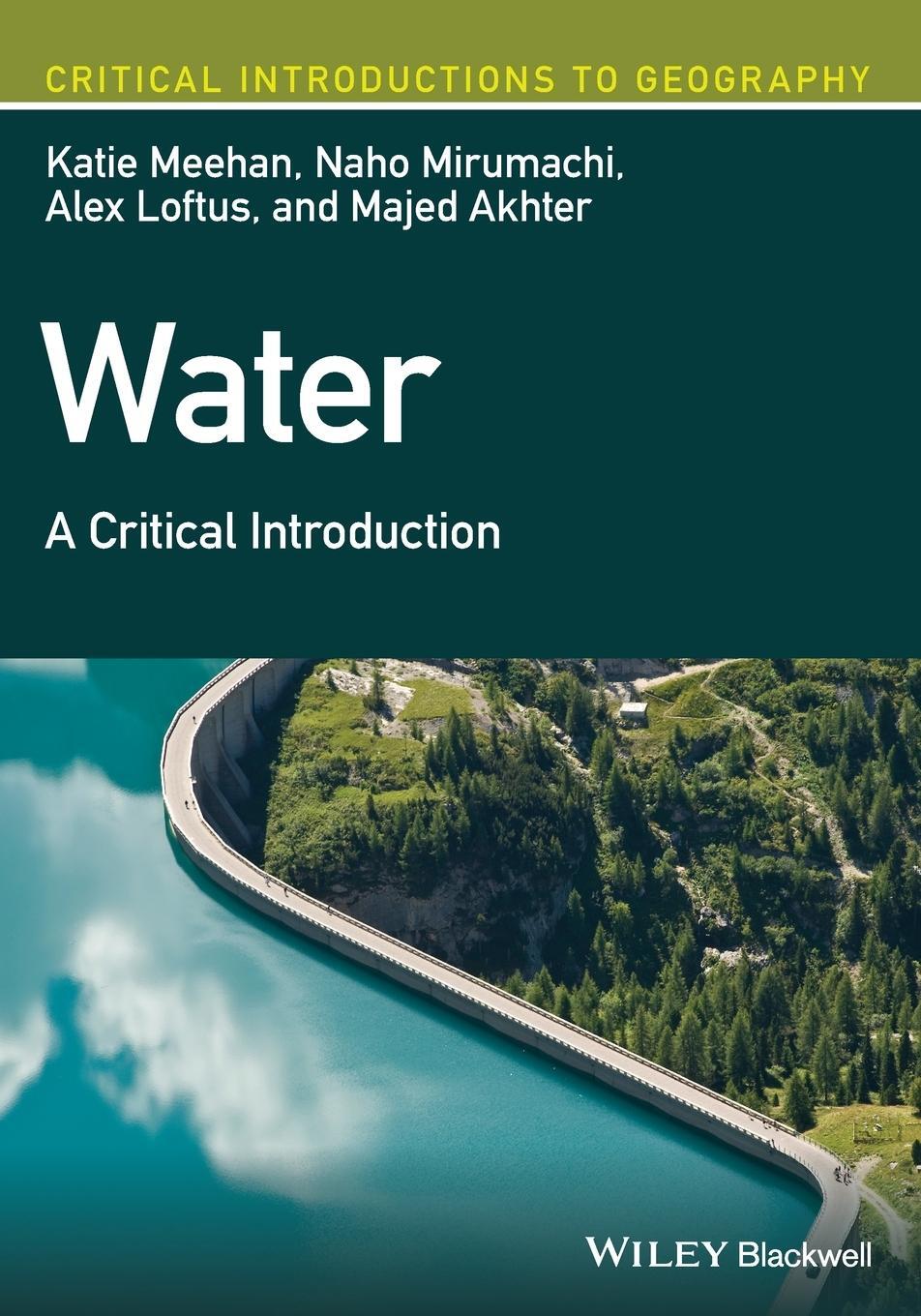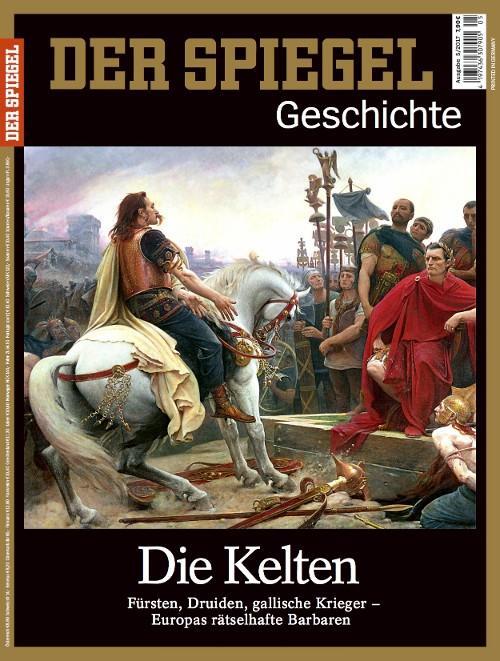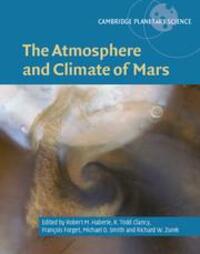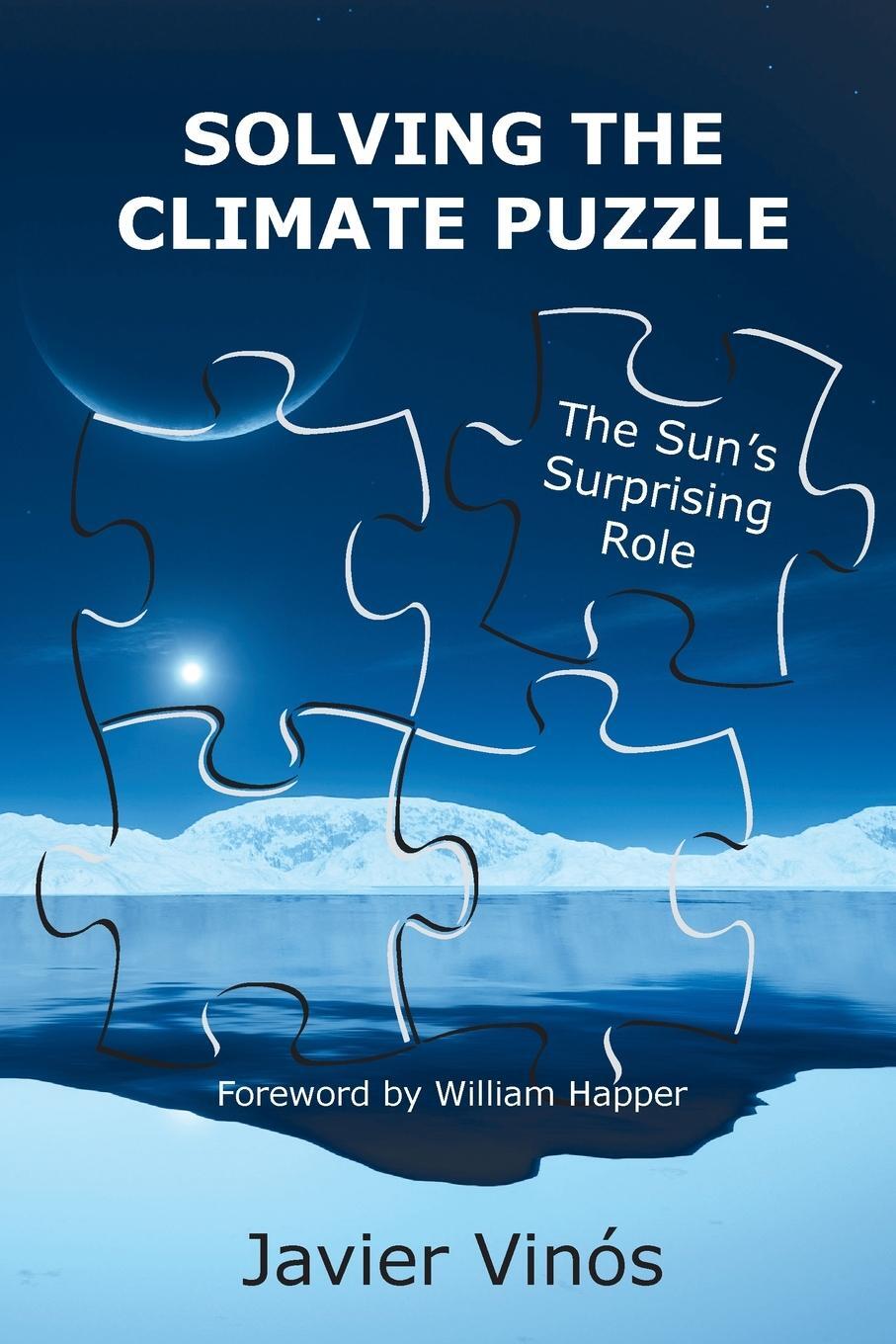94,20 €*
Versandkostenfrei per Post / DHL
Lieferzeit 4-7 Werktage
Dr Andrew Glikson is an Earth and Paleo-climate Scientist, Visiting Fellow at the Australian National University, Research School of Earth Science, the School of Archaeology and Anthropology, and the Planetary Science Institute, and a member of the ANU Climate Change Institute.
Explains pre-historic human evolution
Gives insight into the origins of the mastery of fire
Broadens our understanding of climate change
Explores future climate trends
Debates the philosophy of science
Includes supplementary material: [...]
Preface.-Acknowledgements.-Introduction.-Part I. Atmosphere-Ocean-Biosphere-Cryosphere
Systems and carbon-oxygen cycles
.-
1. Atmosphere dynamics.-2. Atmosphere chemistry.-3. Early Atmosphere-ocean-ice systems.-4. Biological Evolution through the Cainozoic ice ages.-5. From primates to humans.-6. From genetic evolution to cultural-evolution.-Part II. Fire The nature of
fire.
-
7. The history of fire.-8. Fire and human evolution
Part III. The Anthropocene
:
The Anthropocene; Homo sapiens' war against nature.-Part IV. Epilogue: Future Blueprints.-Appendices
.-
1. Climate change charts.-2. Biologic evolution tree for the Cainozoic.-3. Human evolutionary tree.-Index.
| Erscheinungsjahr: | 2016 |
|---|---|
| Fachbereich: | Allgemeines |
| Genre: | Geowissenschaften |
| Rubrik: | Naturwissenschaften & Technik |
| Medium: | Taschenbuch |
| Seiten: | 248 |
| Reihe: | Modern Approaches in Solid Earth Sciences |
| Inhalt: |
xviii
227 S. |
| ISBN-13: | 9783319363981 |
| ISBN-10: | 3319363980 |
| Sprache: | Englisch |
| Ausstattung / Beilage: | Paperback |
| Einband: | Kartoniert / Broschiert |
| Autor: |
Groves, Colin
Glikson, Andrew Y. |
| Auflage: | Softcover reprint of the original 1st ed. 2016 |
| Hersteller: |
Springer International Publishing
Springer International Publishing AG Modern Approaches in Solid Earth Sciences |
| Maße: | 235 x 155 x 14 mm |
| Von/Mit: | Colin Groves (u. a.) |
| Erscheinungsdatum: | 23.08.2016 |
| Gewicht: | 0,382 kg |
Dr Andrew Glikson is an Earth and Paleo-climate Scientist, Visiting Fellow at the Australian National University, Research School of Earth Science, the School of Archaeology and Anthropology, and the Planetary Science Institute, and a member of the ANU Climate Change Institute.
Explains pre-historic human evolution
Gives insight into the origins of the mastery of fire
Broadens our understanding of climate change
Explores future climate trends
Debates the philosophy of science
Includes supplementary material: [...]
Preface.-Acknowledgements.-Introduction.-Part I. Atmosphere-Ocean-Biosphere-Cryosphere
Systems and carbon-oxygen cycles
.-
1. Atmosphere dynamics.-2. Atmosphere chemistry.-3. Early Atmosphere-ocean-ice systems.-4. Biological Evolution through the Cainozoic ice ages.-5. From primates to humans.-6. From genetic evolution to cultural-evolution.-Part II. Fire The nature of
fire.
-
7. The history of fire.-8. Fire and human evolution
Part III. The Anthropocene
:
The Anthropocene; Homo sapiens' war against nature.-Part IV. Epilogue: Future Blueprints.-Appendices
.-
1. Climate change charts.-2. Biologic evolution tree for the Cainozoic.-3. Human evolutionary tree.-Index.
| Erscheinungsjahr: | 2016 |
|---|---|
| Fachbereich: | Allgemeines |
| Genre: | Geowissenschaften |
| Rubrik: | Naturwissenschaften & Technik |
| Medium: | Taschenbuch |
| Seiten: | 248 |
| Reihe: | Modern Approaches in Solid Earth Sciences |
| Inhalt: |
xviii
227 S. |
| ISBN-13: | 9783319363981 |
| ISBN-10: | 3319363980 |
| Sprache: | Englisch |
| Ausstattung / Beilage: | Paperback |
| Einband: | Kartoniert / Broschiert |
| Autor: |
Groves, Colin
Glikson, Andrew Y. |
| Auflage: | Softcover reprint of the original 1st ed. 2016 |
| Hersteller: |
Springer International Publishing
Springer International Publishing AG Modern Approaches in Solid Earth Sciences |
| Maße: | 235 x 155 x 14 mm |
| Von/Mit: | Colin Groves (u. a.) |
| Erscheinungsdatum: | 23.08.2016 |
| Gewicht: | 0,382 kg |

